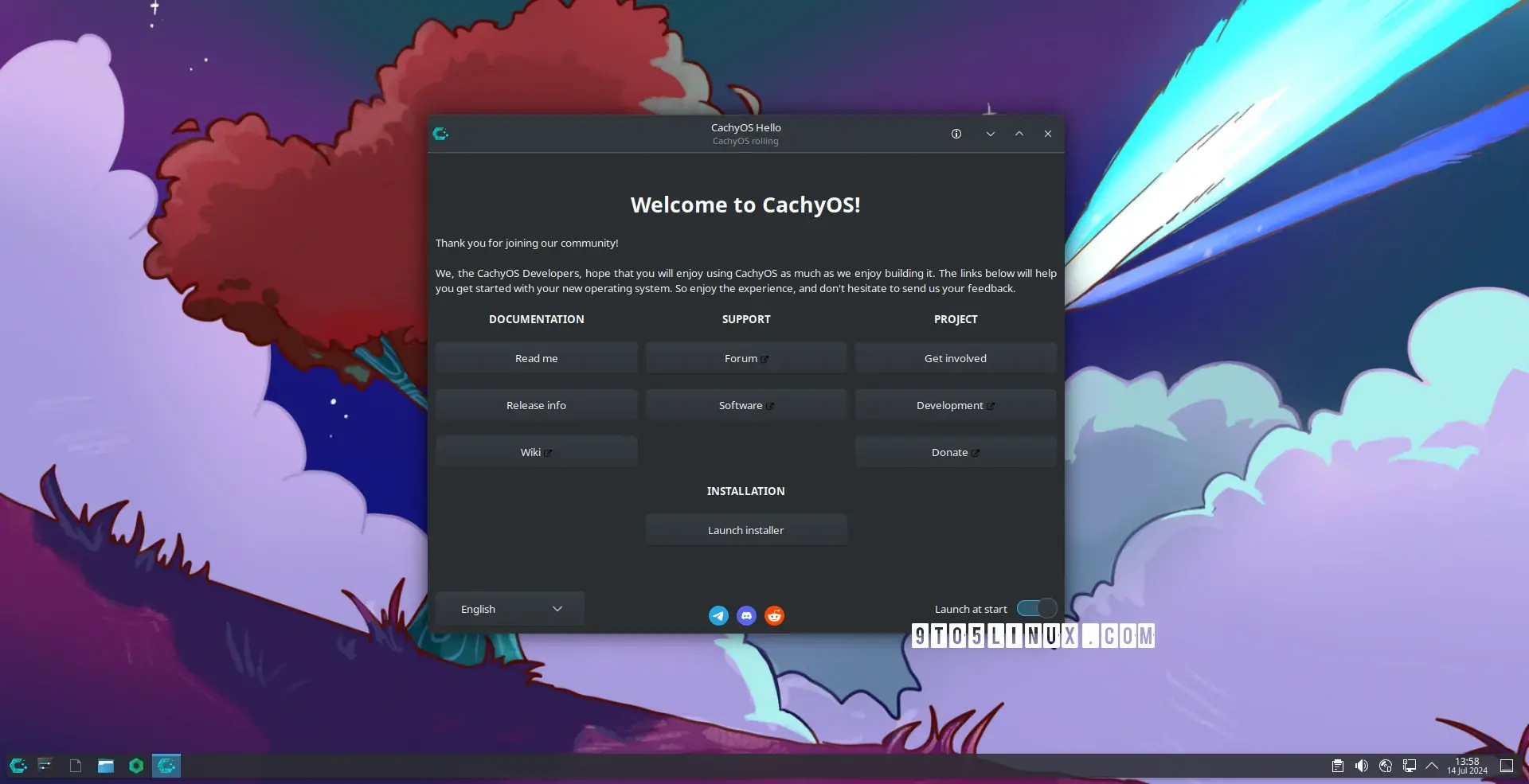A new CachyOS snapshot for July 2024 is out today with various improvements and some exciting new features, especially for AMD users, as well as the usual bug fixes and other changes to improve your experience.
Starting with this release, CachyOS will automatically enable a software repository on new installations that will be used to provide the best performance for AMD Zen 4 and Zen 5 machines. In addition, the ISO now features automatic architecture checks for the Zen 4/Zen 5 repository and CachyOS’s hardware detection tool (chwd) received support for AMD GPUs for better detection of official ROCm-supported GPUs.
If I’m being honest, So many little distros just come and go that I’ve stopped bothering to learn about any of them until they have enough support that I know the devs aren’t going to just vanish in six months.
I get that. Still if im going to stretch it would be for performance. Features should really be able to be implemented on any os its just a convenience thing at that point.
CachyOS is designed to deliver lightning-fast speeds and stability, ensuring a smooth and enjoyable computing experience every time you use it. Whether you’re a seasoned Linux user or just starting out, CachyOS is the ideal choice for those looking for a powerful, customizable and blazingly fast operating system. - cachyos.org
What is it? Even the article does not say
It’s a customized Arch Linux. Basically manjaro, but with
XFSBTRFS file system (as mentioned in the release note )BTRFS is now the default selected file system instead of XFS. The XFS file system and all others can still be selected by the users and configured.
It used to default to XFS, according to ZDNet
CachyOS gets part of its speed by defaulting to the XFS file system. This is a curious choice for a desktop file system, I’d argue, mostly because XFS is a journaling file system designed to support very large files and ensure the file system’s integrity in the case of system crashes. XFS has been around since the early '90s and has been employed by large servers and storage arrays. - zdnet.com
if you’ve already been exposed to Linux and are looking to jump on board the Arch Linux train, CachyOS is a great option.
It defaults to BTRFS with more recent releases
Thanks for pointing out. I’ve edited the comment
It also compiles packages with newer architecture feature support than mainline arch. All of its packages are compiled for x86_64-v3 and x86_64-v4, as compared to the x86_64-v2 of standard arch. This improves performance at the cost of older CPU support
They also ship ZFS out of the box, which makes their kernels my go-to solution for the systems I want to boot off ZFS.
This is essentially about using AVX512 instructions for some applications.
I’m seeing this distro everywhere lately. I have to look into it.
Cachy Zen 4 is running nicely on my PC!
Kind of a huge change. Might be worth trying again now.
I guess I should try out cachyOS by now.
Heard so many good things of it
It is time for Linux distros to target the latest tech.
It is hard though, as you either get duplicated packages or need to let old hardware unsupported.
But see, on the Intel side, even my 2012 Thinkpad is x86_66-v2 or was it v3?
Even latest gen Intel i5 don’t have AVX512.
I feel like software that actually needs those CPU features will have it implemented their own way anyway to probe for and use it (since it seems like nobody but cachy or custom kernel runs anything but V1)
Software implementations of those features is often slower, and runtime checking can often be too expensive compared to the gains.
since it seems like nobody but cachy or custom kernel runs anything but V1
Gentoo offers x86_64-v4 binary builds too.
There was a proposal for Fedora too, though it was ultimately rejected.
Ultimately the gains right now seem to be only 1-3%, though that might also be because there’s not much demand for these kind of optimizations. If more distros enable them they might become more widespread and the benefits might increase too. It’s a chicken-egg problem though.








